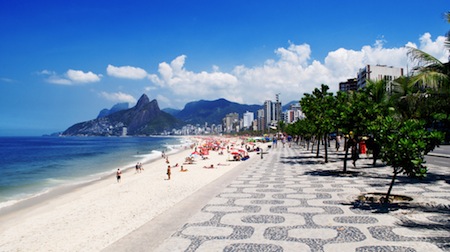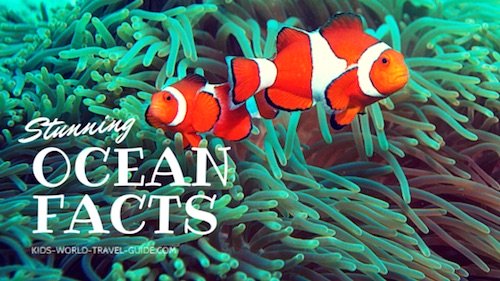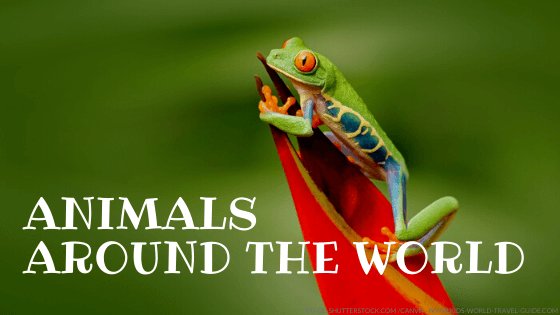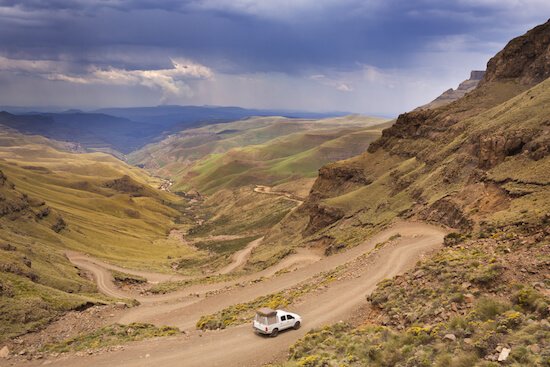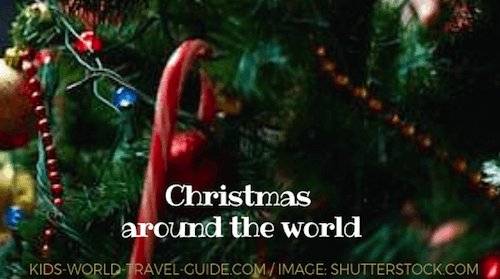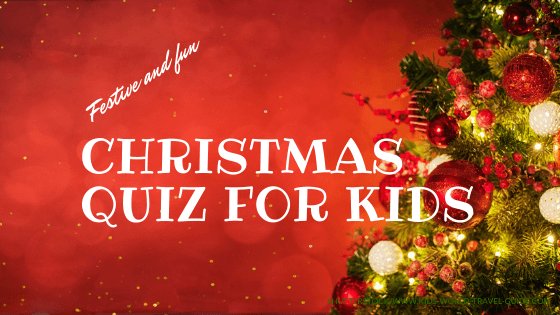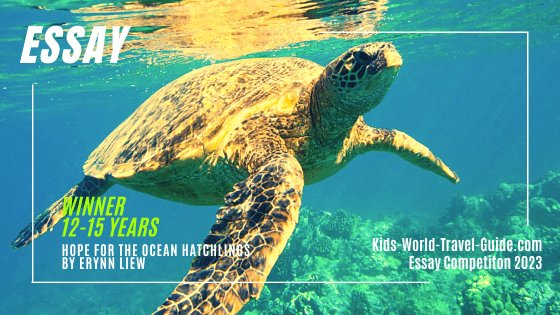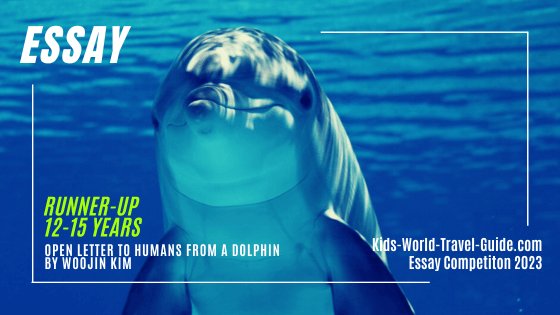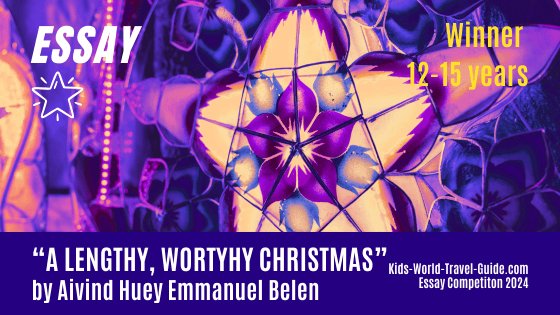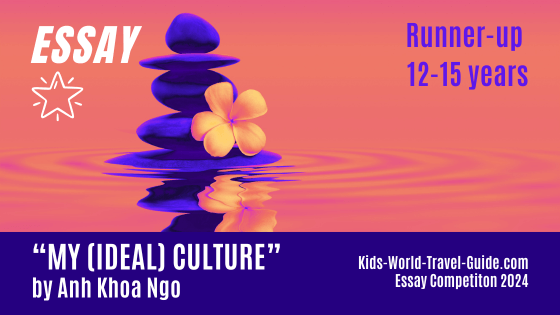- Homepage
- Bolivia
Bolivia Facts
Interesting Bolivia Facts for Kids
Here are some interesting Bolivia facts which were chosen and researched by kids especially for kids.

Bolivia for Kids
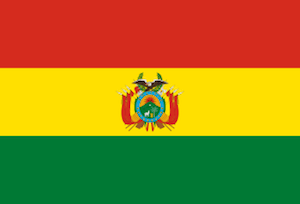 Flag of Bolivia
Flag of Bolivia- Population: 12.4 million people live in Bolivia (2024)
- Capital: Bolivia has two capitals, La Paz and Sucre. La Paz is the administrative capital with the seat of government and Sucre is the capital as described in the Bolivian constitution. La Paz has a population of about 2 million people. Sucre has about 300,000 inhabitants.
- Name: Plurinational State of Bolivia; in short: Bolivia
- Government: Democracy; Presidential Republic
 Coat of Arms
Coat of Arms- Official Languages: Spanish, Quechua, Aymara, Guarani.
- Literacy: 95% of all over 15 years can read and write
- Religion: mainly Christians (Roman Catholics 77%)
- Currency: 1 Bolivian 'boliviano' = 100 centavos or cents
- National Anthem: "Bolivianos, el Hado Propicio" (in English: "Bolivians, a most favorable destiny")
- National Symbols: Llama, Andean Condor
- National Colours: Red, yellow, green
- National Day: 6 August (Independence Day)
- History: Before the Spanish started colonising the region, the area around today's Bolivia belonged to the Inca Empire. The conquistadores from Spain took control of the region in the 16th century. Bolivia gained independence (from Spain) in 1825. The country is named after South American freedom fighter Simón Bolivar.
Bolivia Facts | Bolivia Map | Where is Bolivia?
Bolivia is a landlocked country on the South American continent.

Bolivia is located to the southwest of Brazil and shares borders with Argentina, Paraguay, Chile and Peru. The longest border is shared with Brazil though.
Bolivia covers about the same land area as Ethiopia, or is twice as big as Spain. Bolivia is less than three times the size of the state of Montana/USA.
A flight to La Paz takes about 17 hours from London, and about 12.5 hours from New York.
Bolivia Facts | Bolivia Geography Superlatives
Bolivia is a landlocked country. This means the country does not share any border with an ocean.
- The country has two capital cities: Sucre and La Paz. La Paz is the highest capital city in the world at 3,650 m/ 11,975 ft.
 La Paz - one of the two capital cities of Bolivia
La Paz - one of the two capital cities of Bolivia- The highest peak in Bolivia is the Nevado Sajama with 6,542 m/ 21,463 ft. This mountain is an extinct volcano.
 Bolivia's highest peak Nevado Sajama
Bolivia's highest peak Nevado Sajama- Bolivia's largest lake is Lake Titicaca, which it shares with Peru. Lake Titicaca is the world's highest navigable lake at 3,805 m/ 12,483 ft. There are regular border disputes over access to Lake Titicaca with Peru.
 Lake Titicaca and Isla del Sol
Lake Titicaca and Isla del Sol- The world's highest flat salt pan is called Salar de Uyuni and is located at 3,656 m/ 11,995 ft.
 Pink flamingoes in Bolivia
Pink flamingoes in BoliviaThe country has many different landscapes. There are the highlands with rough and icy mountainous areas and volcanoes and then there are dense rainforests in the Amazon basin.
Thus the climate is also very diverse. Western Bolivia is generally colder due its high altitude - similar to the Andes highlands. The mean elevation is 1,192 m/ 3910 ft.
 Yungas Valley in eastern Bolivia
Yungas Valley in eastern BoliviaThe eastern side of Bolivia is warmer, and it can get very hot in the plains and humid in the rainforest region of the Amazon basin.
Bolivia Facts: The biggest cities in Bolivia are:
- Santa Cruz de la Sierra with 1.8 million inhabitants
- La Paz with 1.8 million inhabitants
- Cochabamba with 1.4 million inhabitants
There are several active volcanos in the Andes Mountains on the border with Chile. The last volcanic eruption was in 1995 at the Irruputuncu volcano.
Bolivia Facts | Attractions and Landmarks
- La Paz: Bolivia's largest city has a scenic location in the Andes mountains and offers many attractions such as the Old Town and Murillo Square. Make sure to take a ride on the world's highest urban cable car that connects La Paz with El Alto or visit the famous Witches' Market.
 Place Murillo in La Paz
Place Murillo in La Paz- Sucre: The beautiful historic city is the official national capital. Here the independence from Spain was proclaimed. There are many beautiful churches and the Templo de San Felipe Neri is a masterpiece completed in 1800.
 Templo de San Felipe Neri in Sucre
Templo de San Felipe Neri in Sucre- Santa Cruz: The most important business centre in the country and second largest city of Bolivia has many cultural attractions such as churches, museums and art galleries. Santa Cruz is often called the "economic and agricultural powerhouse of Bolivia."
 Santa Cruz de la Sierra
Santa Cruz de la Sierra- Isla del Sol: Visit the 'Isla del Sol' ('Sun Island' in English) for exploring ancient Inca ruins, amazing views and great hikes. Isla del Sol is the biggest island in Lake Titicaca.
 There are over 80 ruins on Isla del Sol
There are over 80 ruins on Isla del Sol- Amboró National Park: This national park in central Bolivia to the west of the city of Santa Cruz is famous for its flora and fauna. Jaguars, giant anteaters and rare mammals are home here. Over 800 bird species live here, this is more than bird species exist in Canada!
 Bolivia Amboro National Park
Bolivia Amboro National Park- Altiplano: This is the largest high plateau in the world after Tibet. This high plateau region of the Andes mountains is shared with other South American countries Peru, Argentina and Chile, but the Bolivian Altiplano is most extensive and is dominated by volcanoes. On the Altiplano you can see strangely odd rock formations that were created by wind erosion.
 Strange rock formations in the Altiplano of Bolivia
Strange rock formations in the Altiplano of BoliviaBolivia Facts | Bolivian People
Most of the Bolivians (70%) live in urban areas. Bolivia is home to the largest indigenous population in Latin America followed by Guatemala and Peru.
There are also 36 indigenous languages recognised in Bolivia but the four languages Spanish, Quechua, Aymara and Guarani are the most used official languages.
 Bolivian watching over a herd of alpacas
Bolivian watching over a herd of alpacasBolivia has the highest inequality of all Latin American countries. There are some very rich people while the majority of the country is extremely poor. The educational standards are said to be very low especially in rural areas.
Half of all Bolivians are very poor. Most of the Bolivians are 'mestizo' which means they are of mixed race with indigenous white ancestors.
 Bolivian woman with baby
Bolivian woman with babySome Bolivians have moved to Argentina and Brazil, some even as far away as to the USA and Spain. In recent years many people flee poverty to seek better chances in life.
There is compulsory military service for all Bolivian citizens. Boys and girls have to join the military for a one-year-training when they turn 18 years of age. But some boys join the army already when they are only 14 years old.
The sports that are the most popular in Bolivia are soccer (called fútbol), tennis, swimming, horse riding and cycling. Soccer is the most popular sports activity.
Bolivia Facts | Bolivia Economy
About half of all Bolivians work either in the service sector of the cities. About a quarter of the people each work in the mines or in the agricultural sector.
Natural gas, silver and zinc are the most important export products of the country.
Soy beans are the main agricultural crop in Bolivia. There are more than 14,000 soy bean producers in the country. Soy bean crops cover about 45% of the agricultural land area in the country.
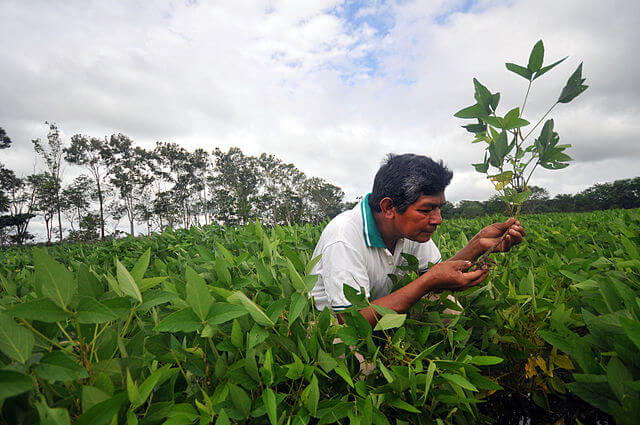 Soy bean plantation in Bolivia
Soy bean plantation in BoliviaBolivia produces also many agricultural products, such as soybeans, quinoa, sugarcane, coffee, corn and Brazil nuts.
Bolivia is the biggest Brazil nuts grower in the world in 2022 - not Brazil!
The main export partners of Bolivia are Argentina, Brazil, the UAE and India. The main import partners are Brazil, chile and China.
Bolivia Facts | Animals in Bolivia
The national animals of Bolivia are the Andean condor and the llama.
Llamas grow up to 1.8 m/ 5.8 ft tall. They weigh up to 200 kg/ 440 lbs and grow around 20 years old. Llamas live in herds and have a dense wooly coat. Below see a llama on the Altiplano, the Bolivian highlands.
 Llama in the Bolivian Highlands
Llama in the Bolivian HighlandsSometimes people mistake alpacas for llamas. This is how you can distinguish between a llama and an alpaca:
Llamas are much bigger and heavier than alpacas. They have long curved ears which are often referred to as banana-shaped and they have a straight back. Llamas are often kept as guard animals and for packing and carrying loads.
A llama has a very coarse outer coat but the wool is not as fine and silky as the alpaca's wool. Alpacas have more hair in the face and on the top of the head. Below see an alpaca with baby.
 Alpaca with baby - see the tuffs of hair on their heads and the short ears, typical for alpacas!
Alpaca with baby - see the tuffs of hair on their heads and the short ears, typical for alpacas!In Bolivia, there are jaguars, pumas, capybaras, chinchillas and the Andean flamingoes. Did you know that the Andean flamingo is one of the rarest flamingo species in the world?
 Andean Flamingo in Bolivia
Andean Flamingo in BoliviaBolivia is the sixth most diverse country in regards to bird species! There are over 1,400 bird species in Bolivia, which is quite a bit more than bird species counted in Canada and the USA combined!
 Giant Antshrike - common bird in the rainforest
Giant Antshrike - common bird in the rainforestBolivia Facts | Bolivian Food
Typical Bolivian food consists of a variety of fruits and vegetables. However, meat such as beef, pork and chicken is also part of the traditional dishes.
 At a Bolivian market
At a Bolivian marketThese are some typical Bolivian snacks and dishes:
- Choclo: corn on the cob
- Sopa de Mani: soup made with creamed peanuts, vegetables and pasta
- Saltenas: traditional Bolivian savoury pastries usually filled with meaty stew but often also containing eggs, olives or even raisins
 Bolivian saltenas are a popular snack
Bolivian saltenas are a popular snack- Asado: food prepared on a grill or over open fire as part of a barbecue (BBQ) as is popular in Argentina
- Fried Fish: Especially fried trout and kingfish is popular in the region around Lake Titicaca.
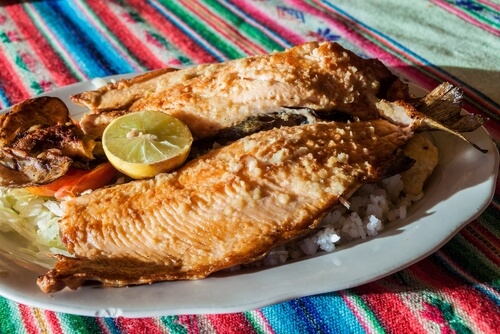 Fried trout dish in Bolivia
Fried trout dish in Bolivia- Fried Yuca: typical side dish similar to potato chips, but made with fried cassava (yucca or yuca) sticks.
- Majadito: Traditional fried rice dish with dried meat, fried egg and plantains.
 Majadito
MajaditoResources for Bolivia Facts
- Central Intelligence Agency. "Bolivia." CIA WorldFactBook. Last updated 12 November 2024 Last accessed 21 November 2024
- Soy Sucre. "San Felipe Neri." SoySucreBolivia. Last accessed 21 November 2024
- Charis Barks. "10.000 Facts about Beautiful Bolivia." Boliviabella. First accessed on 18 September 2017. Last accessed 21 November 2024
- "Mi Teleferico: La Paz’s Cable Car System." LaPazLife. Last accessed 21 November 2024
- "Explore Bolivia - Destinations." Bolivian Life. Last accessed 21 November 2024
- Don Quijote. " Bolivian Culture." Ideal Education Groupe. First accessed on 21 October 2022. Last accessed 21 November 2024
- The Children’s Visual World Atlas (2004). "Bolivia." Sydney: Fog City Press
- Earth Condensed (2010). "The World Atlas." Elanora Heights: Millennium House
Image Credits on Bolivia Facts page: Shutterstock.com and own images.
Many Thanks to a wonderful Grade 4 student from the Montessori Education Centre in Alexandria/USA for his input on this Bolivia Facts page! Your help is much appreciated!




